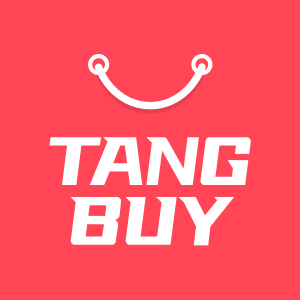How Much Money Do You Need to Start Dropshipping on Amazon
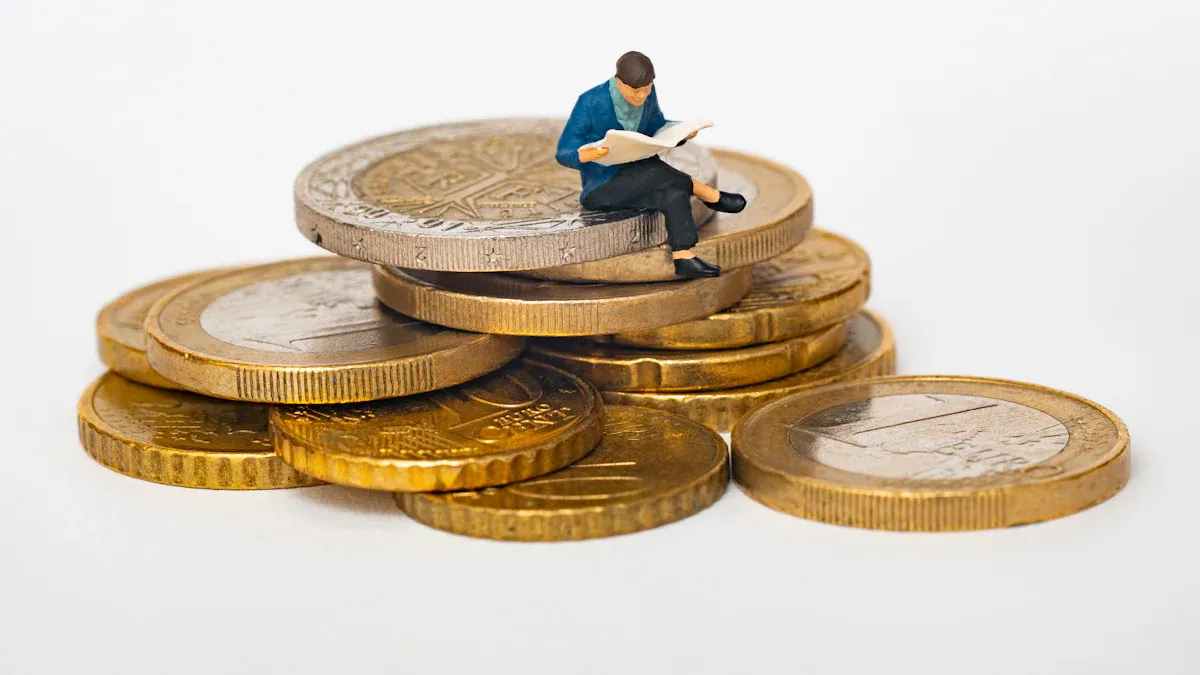
Wondering how much money you need to start dropshipping on Amazon? You can actually get started with almost no upfront cash. Many sellers begin with the Individual selling plan, which has no monthly fee and only charges $0.99 per sale. As your business grows, the average cost to start usually lands between $500 and $5,000. Take a look at this quick breakdown:
Cost Aspect | Details |
|---|---|
Minimum Cost to Start | Individual plan: $0/month, $0.99 per item sold. No upfront supplier payment needed. |
Average Cost to Start | Professional plan: $39.99/month, plus extra for marketing and automation as you scale. |
Supplier Payment Terms | Pay suppliers only after you get paid by customers. |
You can keep your Cost to Start low by choosing the right plan and tools.
Key Takeaways
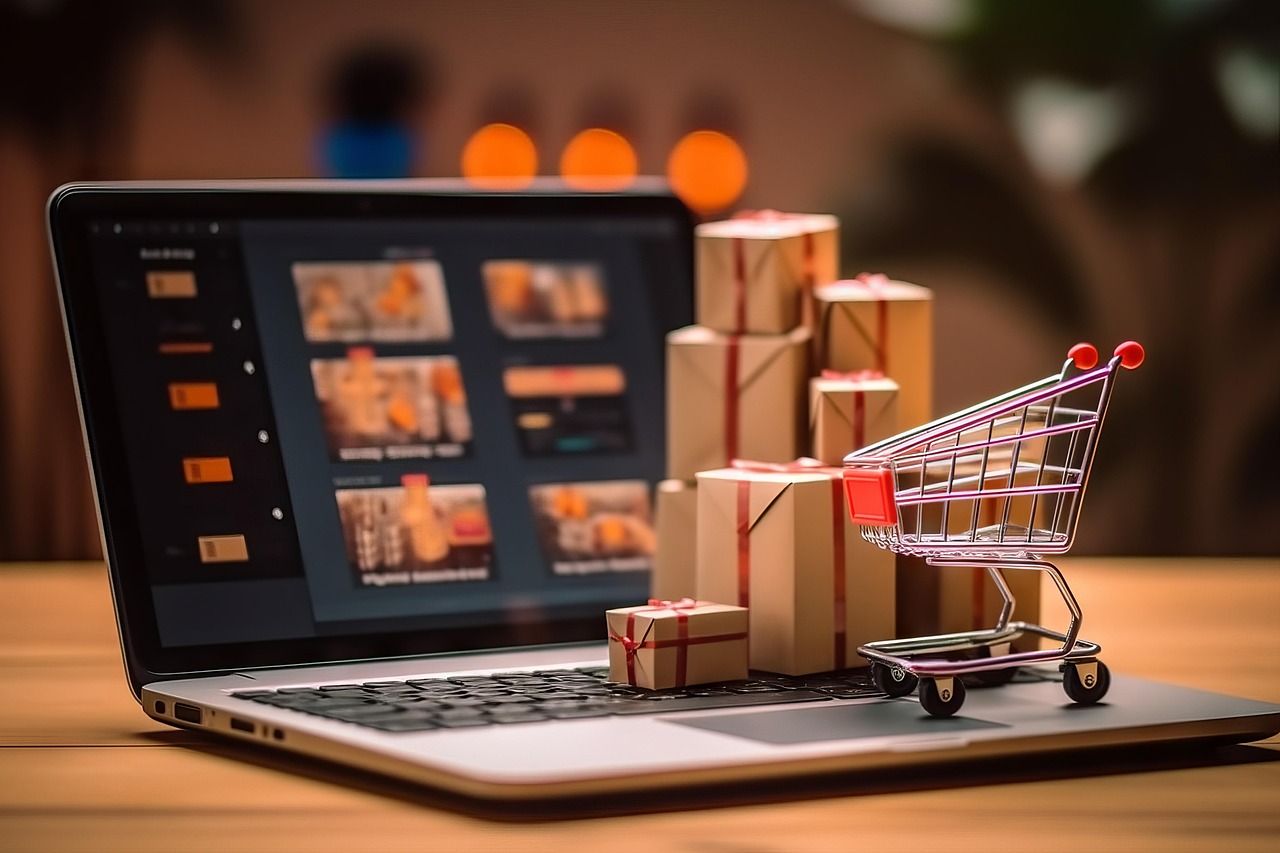
You can begin dropshipping on Amazon with just $100. Use the Individual selling plan and free tools to start. The Professional plan costs $39.99 each month. This plan is good for sellers who sell over 40 items a month. Amazon takes referral fees from 8% to 15% for every sale. You need to include these fees in your prices. Dropshipping lets you pay suppliers after customers buy. This means you do not need to buy inventory first. Some tools help with product research and order management. These tools can help your business grow but are not needed at the start. Marketing with Amazon PPC ads or social media can help you sell more. But you need money and must track your spending carefully. If you start with little money, you have fewer product choices. You also have less for marketing and branding, so growth may be slow. Watch your cash flow by tracking sales and expenses. This helps you avoid problems and keeps your business strong.
Cost to Start Dropshipping on Amazon
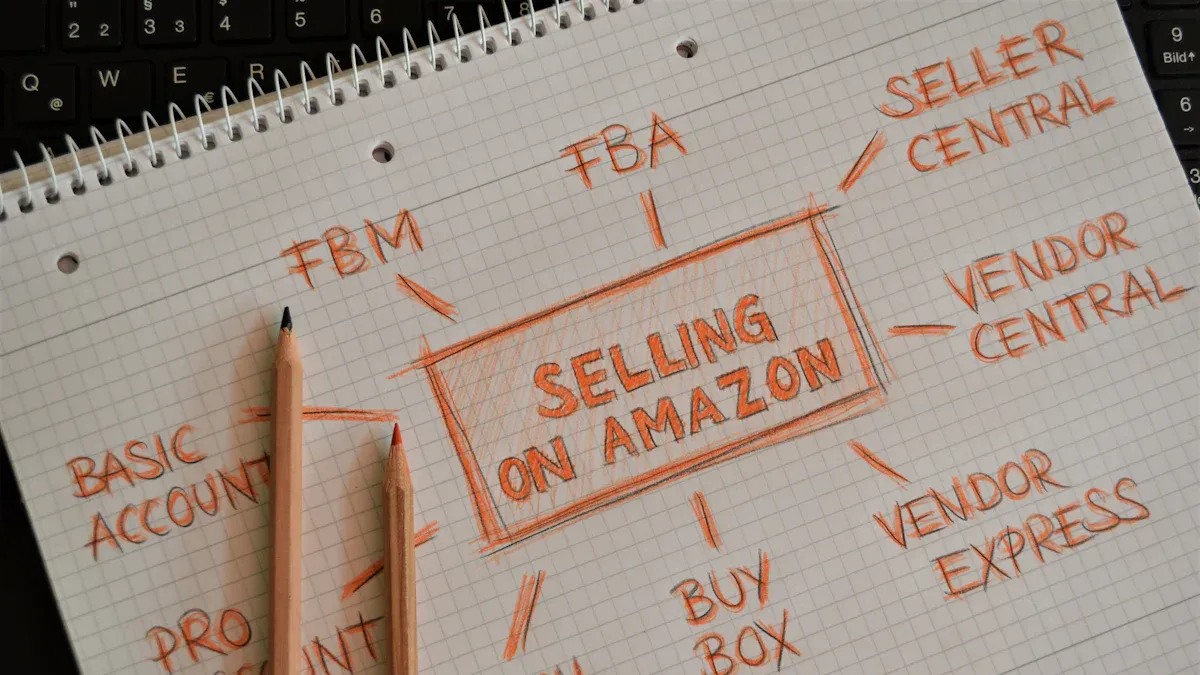
When you start dropshipping on Amazon, you need to know exactly where your money goes. Let’s break down the main costs you’ll face so you can plan your budget and avoid surprises.
Amazon Seller Account Fees
Amazon gives you two main choices for your seller account. Each one fits a different type of seller, so you can pick what works best for you.
Professional Plan
The Professional Seller plan costs $39.99 per month. You don’t pay any extra fee for each item you sell. This plan makes sense if you plan to sell more than 40 items every month. You get access to more tools and features, which can help you grow faster. If you want to run your dropshipping business seriously, this plan is usually the best choice.
Individual Plan
The Individual Seller plan has no monthly fee. Instead, you pay $0.99 for every item you sell. This plan works well if you’re just testing the waters or expect to sell fewer than 40 items each month. You can always switch to the Professional plan later if your sales pick up.
Here’s a quick comparison to help you decide:
Account Type | Monthly Fee | Per-Item Fee | Best For |
|---|---|---|---|
Individual Seller | $0 | $0.99 | Sellers with fewer than 40 items |
Professional Seller | $39.99 | $0 | Sellers with more than 40 items |
Tip: You can switch between plans anytime. Start small and upgrade when your sales grow!
Referral and Transaction Fees
Amazon charges a referral fee for every sale you make. This fee usually ranges from 8% to 15% of the product’s price, depending on the category. For example, if you sell a $20 item and the referral fee is 15%, Amazon takes $3. You don’t pay any extra transaction fees, but you should always check the latest rates for your product category.
Product Sourcing Costs
One of the best things about dropshipping is that you don’t need to buy inventory upfront. You only pay your supplier after a customer places an order. This means your initial investment for product sourcing can be very low. Some suppliers might charge extra for dropshipping services, but many do not. Here are some possible costs you might see:
Product cost (what you pay the supplier after a sale)
Shipping fees (sometimes included, sometimes extra)
Dropshipping service fees (some suppliers charge, some don’t)
Occasional setup or account fees (rare, but possible)
You don’t need to worry about storage or hiring staff for fulfillment. This keeps your Cost to Start much lower than other types of businesses. Most of your early expenses will go toward your Amazon account, possible supplier fees, and maybe a few tools to help you manage orders.
Note: Your total Cost to Start can range from just a few hundred dollars to several thousand, depending on how many products you list, which plan you choose, and what tools you use. If you keep things simple, you can start with a small budget and scale up as you learn.
Optional Expenses
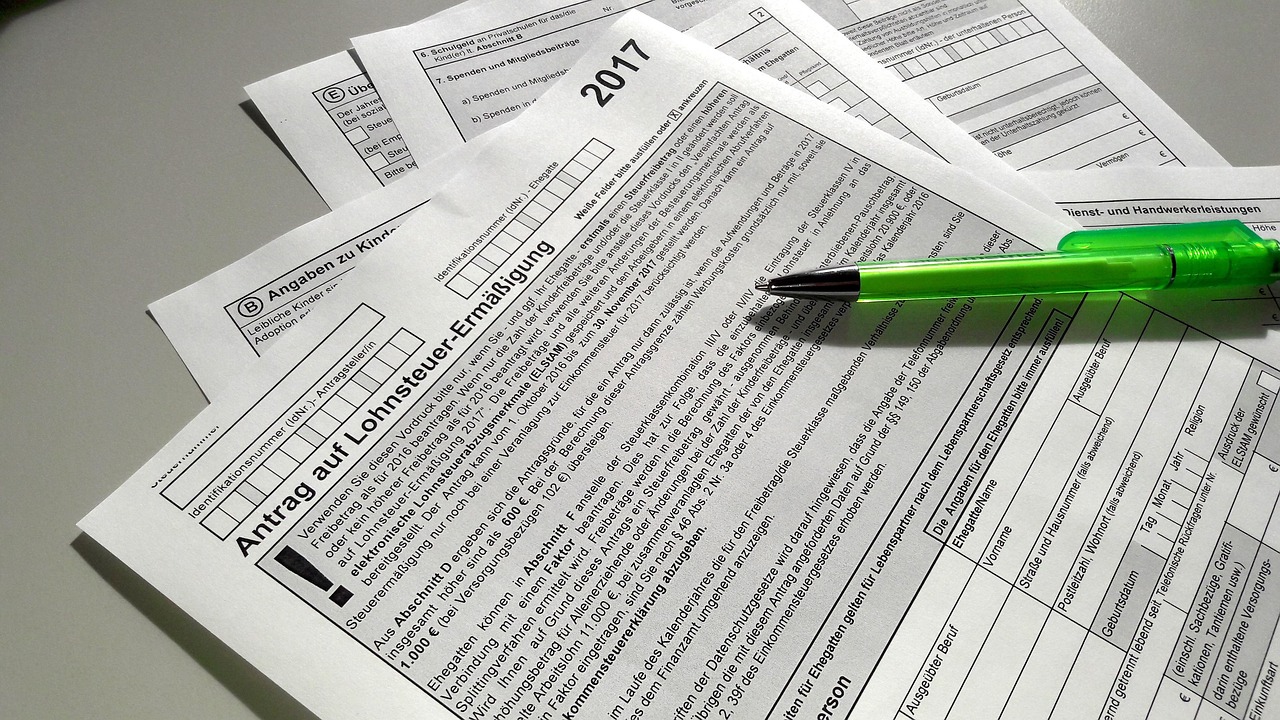
When you start dropshipping on Amazon, you might want to spend a little extra to make things easier or to grow faster. These optional expenses can help you save time, find better products, or get more sales. Let’s look at some of the most common ones.
Software and Tools
You can run your Amazon dropshipping business with just the basics, but some tools can make your life a lot easier.
Product Research Tools
Finding the right products is key. Product research tools help you spot trends, check out the competition, and see what sells best. Some popular tools include Jungle Scout, Helium 10, and AMZScout.
Tool | Typical Cost (per month) | What It Does |
|---|---|---|
Jungle Scout | $29–$49 | Finds winning products |
Helium 10 | $39–$99 | Tracks sales and keywords |
AMZScout | $16–$49 | Analyzes product demand |
Tip: Many of these tools offer free trials. Try them out before you buy!
Order Management Software
Order management software helps you keep track of orders, update tracking numbers, and handle returns. If you sell a lot, this software can save you hours each week. Tools like AutoDS and DSM Tool cost around $20–$50 per month.
Marketing and Advertising
You can list your products and wait for sales, but marketing gives you a boost. Spending a little here can help you stand out.
Amazon PPC
Amazon Pay-Per-Click (PPC) ads let you show your products to more shoppers. You set a daily or monthly budget, and you only pay when someone clicks your ad. Many new sellers start with $50–$200 per month for PPC.
External Marketing
You can also promote your products outside Amazon. Some sellers use social media, Google Ads, or even email marketing. These methods can cost as little as $10 per month if you do it yourself, but hiring help will cost more.
Branding and Store Setup
Branding helps you look professional and build trust. You might want to design a logo, create a custom storefront, or buy a domain name for your brand. Here are some possible costs:
Logo design: $5–$50 (using sites like Fiverr)
Custom Amazon storefront: Free with Professional plan
Domain name: $10–$20 per year
Note: You don’t need fancy branding to start, but it can help you stand out as you grow.
Ongoing Fees
When you start dropshipping on Amazon, you need to think about more than just the startup costs. You will have ongoing fees that come up every month. These costs keep your business running and help you grow. Let’s look at the main types of ongoing fees you should expect.
Subscription Renewals
You will pay for your Amazon seller account every month. If you use the Professional plan, Amazon charges you $39.99 each month. This fee comes even if you do not make any sales. If you use the Individual plan, you do not pay a monthly fee, but you pay $0.99 for every item you sell.
Some tools and services you use may also have monthly or yearly subscription fees. For example, if you use a product research tool or order management software, you will need to renew your subscription to keep using it.
Tip: Set a reminder for your subscription renewals. This way, you will not lose access to important tools.
Software Costs
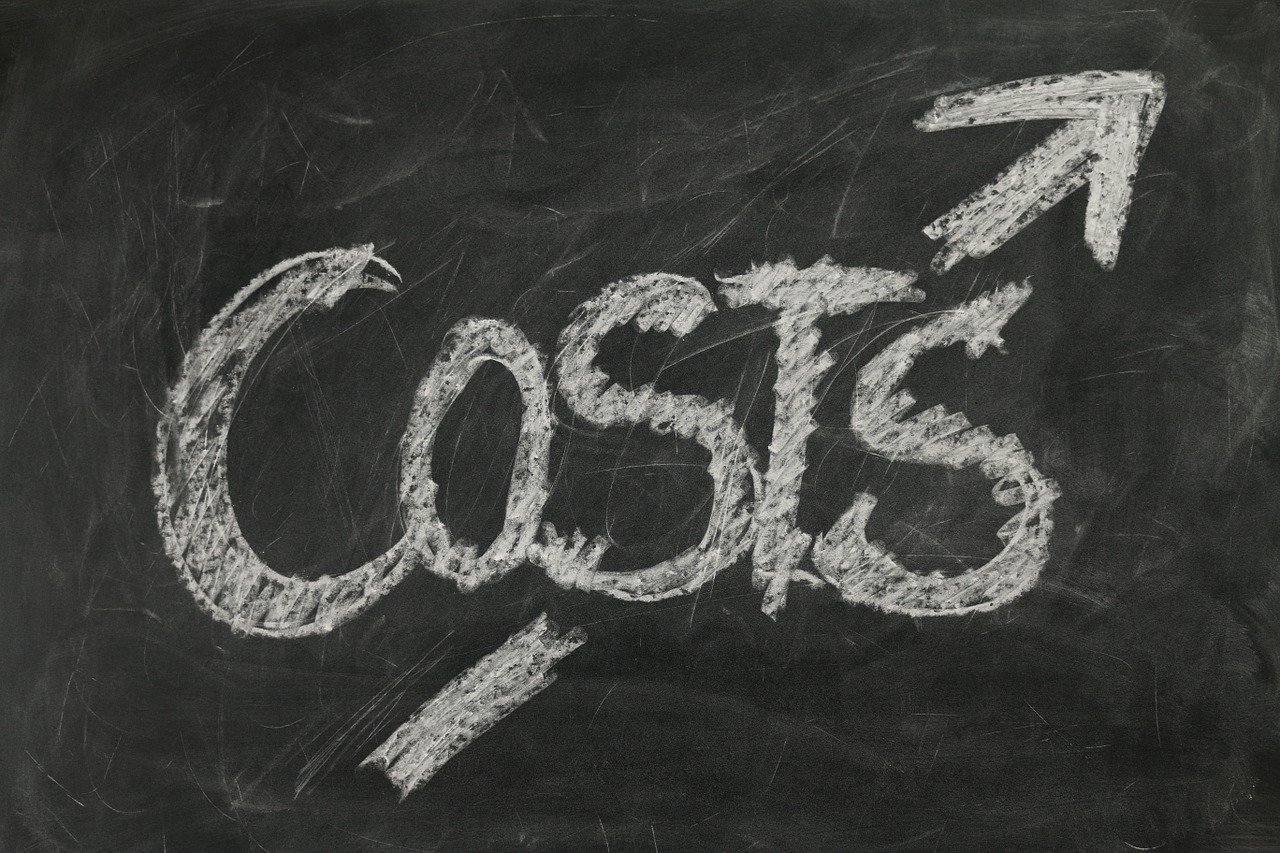
Running a dropshipping business often means using software to save time and avoid mistakes. You might use tools for product research, order management, or price tracking. Most of these tools charge a monthly fee. Here is a quick look at what you might pay:
Software Type | Typical Monthly Cost | Example Tools |
|---|---|---|
Product Research | $20–$50 | Jungle Scout, Helium 10 |
Order Management | $20–$50 | AutoDS, DSM Tool |
Price/Stock Tracking | $10–$30 | Keepa, RepricerExpress |
You do not need every tool right away. Start with the basics and add more as your business grows.
Advertising Budgets
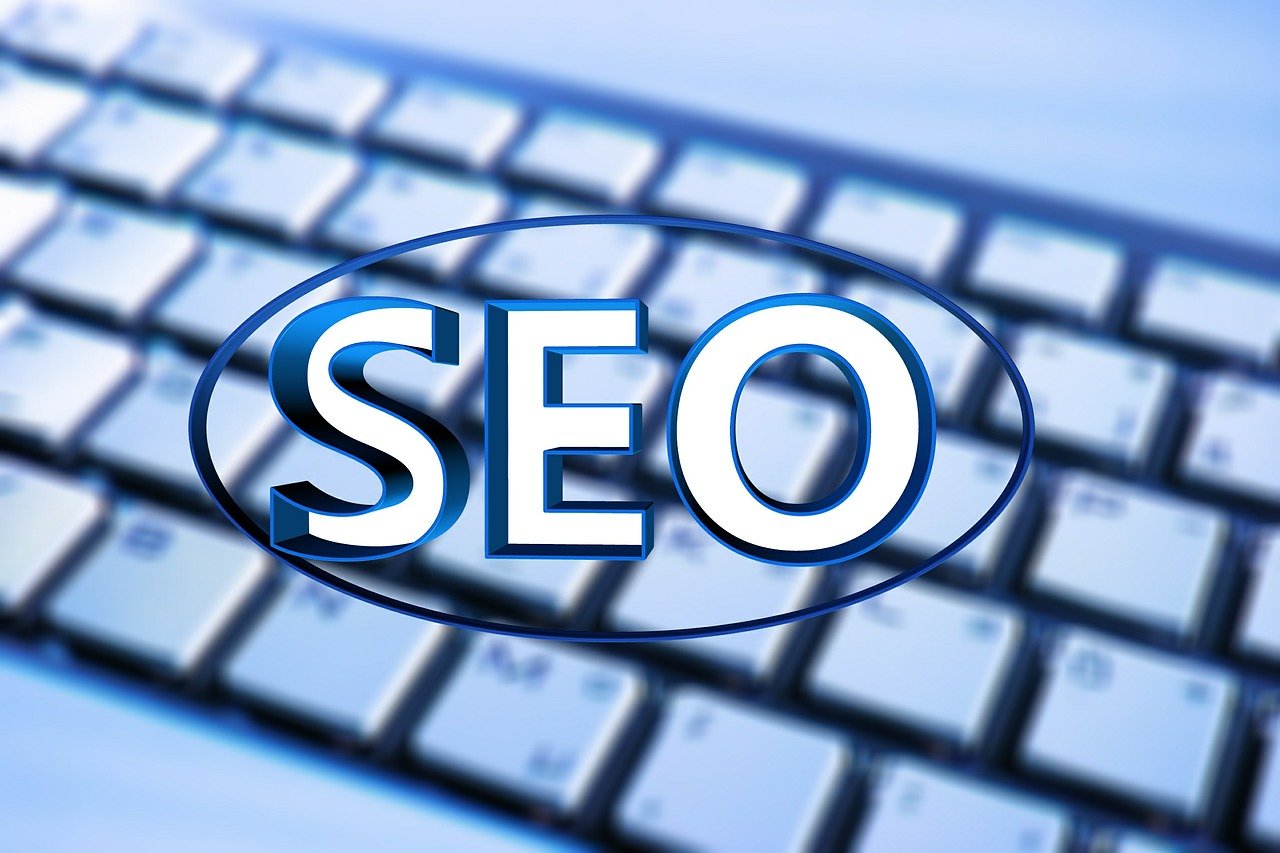
If you want to get more sales, you will probably spend money on advertising. Amazon PPC (Pay-Per-Click) ads are the most common way to promote your products. You set a daily or monthly budget, and Amazon only charges you when someone clicks your ad. Many new sellers start with $50–$200 per month for ads. You can adjust your budget as you learn what works.
Some sellers also use outside ads, like Facebook or Google Ads. These can cost as little as $10 per month if you do it yourself. If you hire someone to help, the cost will go up.
Note: Track your ad spending and sales closely. This helps you see what works and avoid wasting money.
Ongoing fees are a normal part of running your Amazon dropshipping business. Plan for these costs so you do not get surprised. When you manage your subscriptions, software, and ads well, you keep your business healthy and ready to grow.
Cost Breakdown
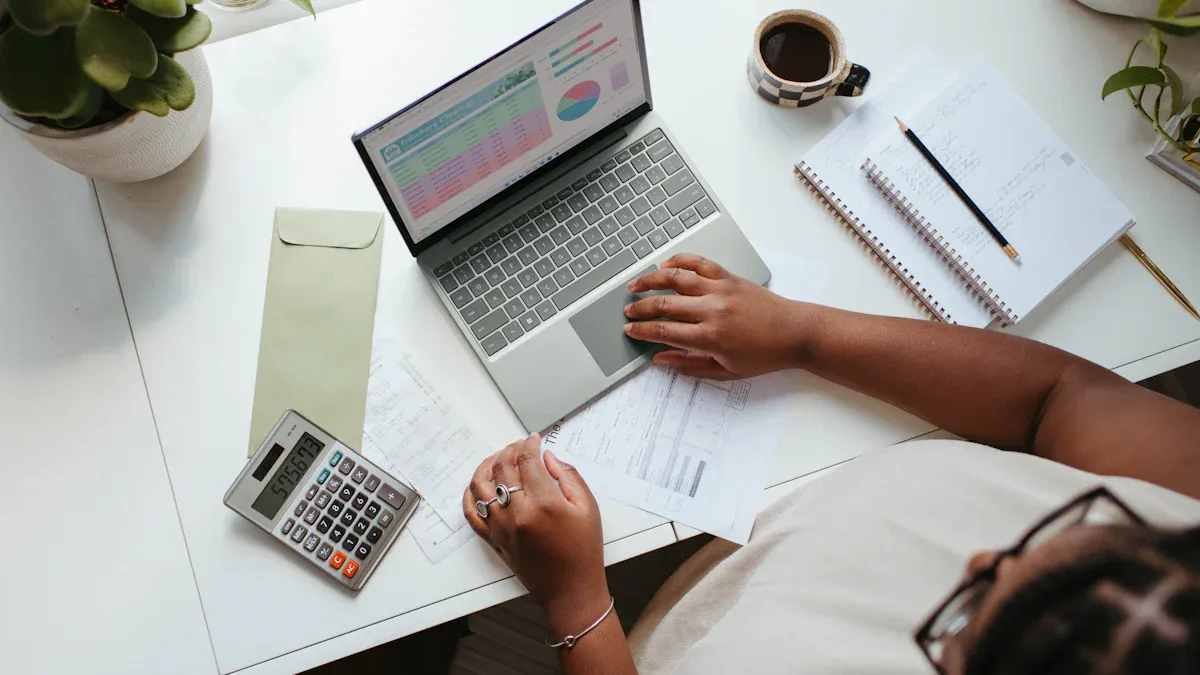
Typical Ranges
You might wonder how much you really need to set aside before you start dropshipping on Amazon. The answer depends on your choices and goals. Some sellers jump in with just a few hundred dollars. Others invest thousands to move faster. Here’s a quick look at the most common startup and ongoing costs you’ll face:
Expense Type | Typical Startup Cost | Ongoing Monthly Cost |
|---|---|---|
Amazon Seller Account | $0–$39.99 | $0–$39.99 |
Product Research Tools | $0–$99 | $0–$99 |
Order Management Software | $0–$50 | $0–$50 |
Branding/Logo | $0–$50 (one-time) | $0 |
Amazon PPC (Ads) | $0–$200 | $0–$200 |
Domain Name (optional) | $0–$20 (yearly) | $0 |
Product Sourcing | $0–$500+ | Varies |
💡 Tip: You can skip some tools and extras at first. Start with the basics and add more as you grow.
Example Budgets
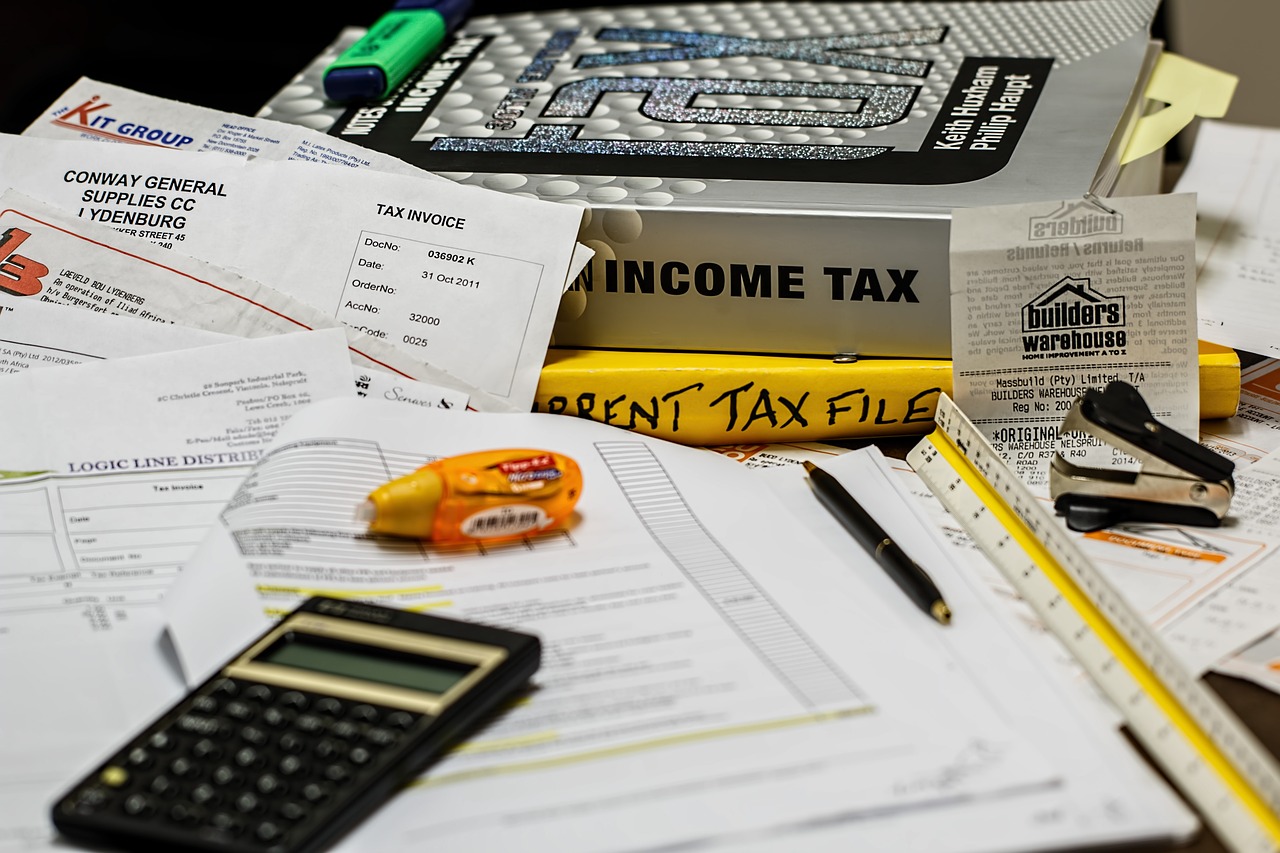
Let’s break down three example budgets. You can see what each level might look like and decide which fits you best.
Minimal Budget
You want to start with the lowest possible Cost to Start. You use free trials, the Individual plan, and do most tasks yourself.
Amazon Individual plan: $0 upfront
Product research (free tools/trials): $0
Order management (manual): $0
Branding/logo: $0 (DIY or free)
Amazon PPC: $50 (optional, can skip)
Product sourcing: $100 (pay suppliers after sales)
Total Startup Cost: $100–$200
Average Budget
You want a smoother start and plan to sell more than 40 items per month. You invest in some tools and basic ads.
Amazon Professional plan: $39.99
Product research tool: $39
Order management software: $25
Branding/logo: $20
Amazon PPC: $100
Product sourcing: $300
Total Startup Cost: $500–$700
Higher-End Budget
You want to scale fast and automate as much as possible. You invest in top tools, strong branding, and a bigger ad budget.
Amazon Professional plan: $39.99
Product research tool: $99
Order management software: $50
Branding/logo: $50
Amazon PPC: $200
Domain name: $20
Product sourcing: $500+
Total Startup Cost: $900–$1,500+
🚀 Note: Your Cost to Start can change as you add more products or tools. Always track your spending so you stay on budget.
Start with Minimal Money
Free and Low-Cost Tools
You do not need a lot of money to begin dropshipping on Amazon. There are many free and cheap tools that help you start. These tools let you look for products, handle orders, and find suppliers. You can keep your Cost to Start low and still run your business well.
Here is a quick list of some top free and low-cost choices for beginners:
Tool/Supplier/Method | Cost | Features & Benefits | Effectiveness Compared to Paid Alternatives |
|---|---|---|---|
Free Product Research Methods | Free | Check best sellers on supplier sites, use AliExpress Dropshipping Center, watch social media trends | Helps you find good products without spending money |
AutoDS Hand-Picked Products Hub | Trial-based | Finds products for you, shows sales and profit, gives info about competitors and buyers | Cheap way to get lots of data; try it before you pay |
Popular Free Suppliers | Free | AliExpress, DHGate, Banggood, SaleYee; no upfront supplier fees, many products, trusted shipping | Good for new sellers to start dropshipping without paying suppliers first |
AutoDS Warehouse | Exclusive low-cost | Lets you sell private-label products, get discounts, and use your own branding | Gives you special products and better profits, different from paid suppliers |
Amazon Individual Selling Plan | $0/month | Start dropshipping with no monthly fee, pay only when you sell | Keeps your first costs low; you can upgrade later if you grow |
Paid Automation Tools (e.g., AutoDS full subscription) | Paid | Advanced features: fills orders for you, manages inventory, changes prices | Gives you more tools and saves time when your business gets bigger |
You can use free ways to research products and see what is popular. Look at best sellers on supplier sites or use the AliExpress Dropshipping Center. Social media can also show you what people want right now. These ideas help you save money when you are just starting.
Suppliers like Tangbuy, DHGate, Banggood, and SaleYee let you list products without paying first. You only pay after you make a sale. This keeps your Cost to Start as low as possible.
💡 Tip: Try free trials for tools like AutoDS Hand-Picked Products Hub. You can see what they do before you spend any money.
If you want to be different, try AutoDS Warehouse. You can get private-label products and discounts. This helps you build your brand and make more money, even if you are new.
Paid automation tools give you extra features, like filling orders and tracking prices. These tools are helpful when your business grows, but you do not need them at the start. Begin with free or cheap tools and upgrade when you are ready.
Risks of Low-Budget Start

Starting your Amazon dropshipping business with a tiny budget sounds great. You save money and take less risk. But you should know that a low-budget start comes with some real challenges. Let’s talk about what you might face if you try to spend as little as possible.
1. Limited Product Choices
When you have a small budget, you can’t test many products. You might only list a few items. If those don’t sell, you have to wait until you make some money before you can try new ones. This slows down your growth.
2. Fewer Tools and Resources
Free tools help, but they don’t do everything. Paid tools can show you better products, track your sales, and save you time. If you skip these, you might miss out on good opportunities or make mistakes that cost you money.
3. Harder to Stand Out
Branding makes your store look professional. With no money for a logo or custom storefront, your shop might look plain. Shoppers trust stores that look polished. If your store looks basic, buyers might skip your listings.
4. Limited Marketing
You need to get your products in front of shoppers. With no budget for ads, you have to wait for organic sales. This can take a long time. Your products might not show up on the first page, so fewer people see them.
5. Slower Customer Service
If you do everything yourself, you might get overwhelmed. Handling orders, returns, and questions takes time. If you can’t keep up, your ratings could drop. Bad reviews hurt your business.
Note: Amazon expects you to ship on time and answer customers quickly. If you fall behind, Amazon can suspend your account.
6. Cash Flow Problems
You pay your supplier after each sale, but sometimes you need to cover shipping or refunds before you get paid by Amazon. If you don’t have extra cash, you might run into trouble.
Here’s a quick table to show the risks:
Risk Area | What Can Happen | Why It Matters |
|---|---|---|
Product Selection | Fewer products to test | Slower growth |
Tools | Miss out on data and automation | More mistakes, less profit |
Branding | Store looks less trustworthy | Fewer sales |
Marketing | Fewer shoppers see your products | Slow sales |
Customer Service | Hard to keep up | Bad reviews, account risk |
Cash Flow | Can’t cover costs fast enough | Orders delayed, stress |
Starting small is smart, but you need to know the risks. If you plan ahead and watch out for these problems, you can still build a strong business. Just remember, a little extra investment can help you grow faster and avoid headaches down the road.
Profitability and Cost Management
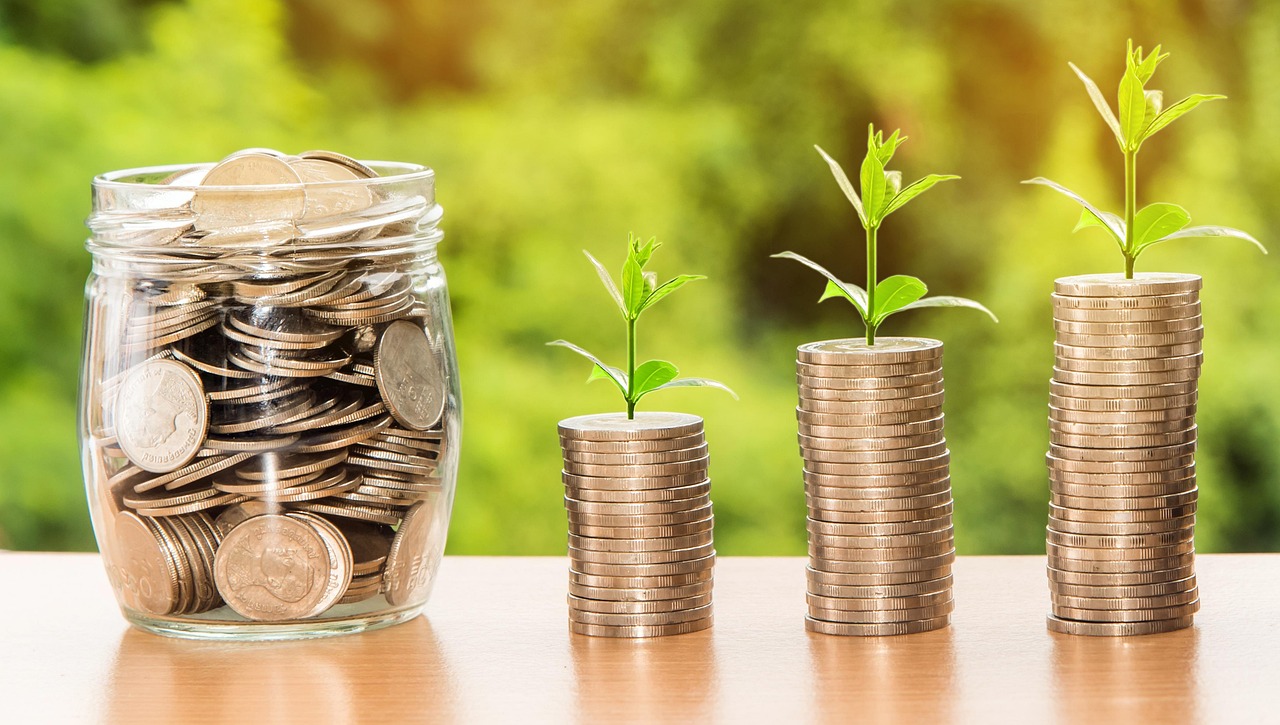
Break-Even Point
You want to know when your Amazon dropshipping business will start making money. The break-even point is where your sales cover all your costs. After that, every sale can bring you profit.
To figure out your break-even point, you need to add up all your costs for each product. This includes what you pay your supplier, Amazon’s fees, shipping, and taxes. You also need to look at the price you sell the product for. Here’s a simple table to help you see what goes into the calculation:
Metric/Cost Component | Description/Role in Break-Even Calculation |
|---|---|
Cost of Goods (COG) | What you pay your supplier for the product |
Amazon Fees | Referral fees, fulfillment fees, and other Amazon charges |
Fulfillment Costs | Shipping, packaging, and prep costs |
Tax and Compliance | VAT, sales tax, or other taxes on the sale |
Buy Box Price | The price you list your product for on Amazon |
Break-Even Price | The price where your total costs equal your total revenue |
Profit | What’s left after you pay all costs |
ROI | How much you earn compared to what you spend |
You can use tools like Seller Assistant’s Side Panel View to check these numbers quickly. These tools show your costs and selling price side by side, so you can see if you’ll make money.
How long does it take to reach your break-even point? There’s no set answer. Some sellers see profits in a few weeks, while others need a few months. It depends on your products, your prices, and how well you manage your fees. Dropshipping on Amazon lets you start small and grow, but you need to watch your numbers closely.
Tip: Always check your costs before you list a product. If your selling price is too low, you might lose money.
Managing Cash Flow
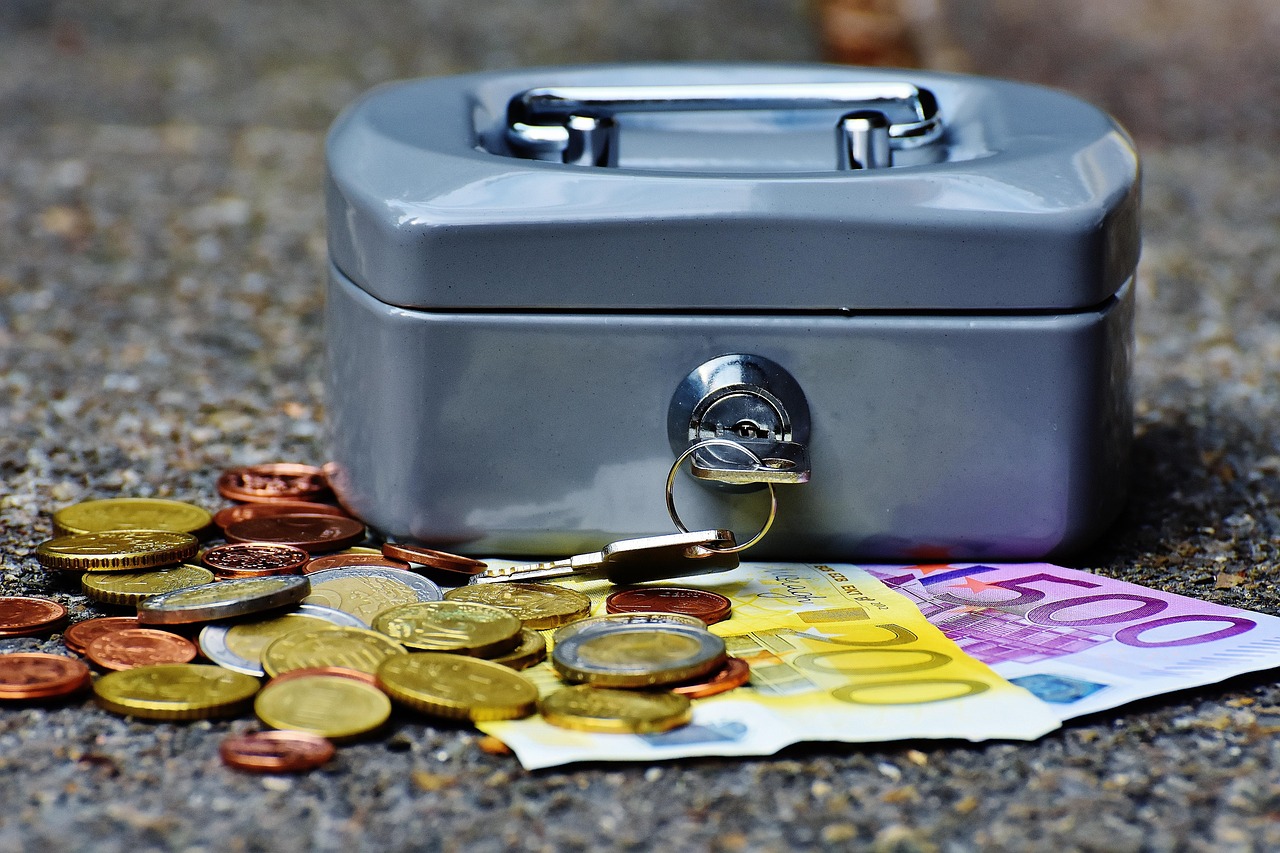
Cash flow means the money moving in and out of your business. Good cash flow keeps your dropshipping business healthy. You want to make sure you have enough money to pay your suppliers, cover fees, and handle refunds.
Here are some ways to manage your cash flow:
Track every sale and expense. Use a simple spreadsheet or accounting app.
Pay your suppliers only after you get paid by Amazon, if possible.
Set aside money for returns or unexpected fees.
Don’t spend all your profits right away. Save some for slow sales periods.
If you run out of cash, you can’t fill orders or pay for ads. That can hurt your business. Stay organized and plan ahead.
💡 Note: Amazon sometimes holds your payments for a few days. Plan for this delay so you don’t get stuck.
Scaling Up
Once you start making steady sales, you might want to grow your business. Scaling up means selling more products, using better tools, and maybe spending more on ads.
Here’s how you can scale up smartly:
Add more winning products to your store.
Invest in paid tools for product research and order management.
Increase your ad budget slowly as you see results.
Improve your branding to build trust with shoppers.
Watch your numbers. Make sure your profits grow as you scale.
Scaling up takes time and planning. Don’t rush. Grow at a pace that feels right for you. When you manage your costs and cash flow well, you set yourself up for long-term success.
You have learned about the main costs and how much money you need to start dropshipping on Amazon. If you plan well, you will not get surprised by extra costs. This helps your business stay on track. Do you want to spend less and make more money? Try these ideas:
Look at what you spend and talk to suppliers about better prices.
Try out products first so you get fewer returns.
Use ads carefully and check if they work.
Let software do some jobs for you to save time and money.
See what your competitors do and give shoppers something special.
Making smart choices and planning your budget well will help your business run better.
FAQ
How much money do I really need to start dropshipping on Amazon?
You can start with as little as $100 if you use free tools and the Individual plan. Most people spend $500–$2,000 for a smoother start. Your budget depends on your goals and how fast you want to grow.
Can I dropship on Amazon with no money?
You can list products and use free tools, but you still need some money for supplier payments, shipping, or ads. Amazon may also hold your first payments for a few days. Starting with at least $100 is safer.
What are the biggest hidden costs in Amazon dropshipping?
Watch out for these:
Amazon referral fees (8–15%)
Refunds or returns
Software subscriptions
Always check your numbers before you list a product.
Do I need to pay suppliers before I get paid by Amazon?
Usually, you pay suppliers after a customer orders. Sometimes, you need to pay upfront or cover shipping first. Amazon may hold your payout for a week or more, so keep some cash handy.
Is dropshipping on Amazon risky?
Every business has risks. You face account suspension, late shipments, or unhappy customers. If you follow Amazon’s rules and keep good records, you lower your risk. Start small and learn as you go.
Can I switch from the Individual plan to the Professional plan later?
Yes! You can upgrade or downgrade your Amazon seller plan anytime. Start with the Individual plan if you want to test things out. Move to the Professional plan when your sales increase.
How do I keep my costs low when starting out?
Try these tips:
Use free trials for tools
Start with the Individual plan
List only a few products
Handle orders yourself
Save money early. Invest more as your business grows.

TangBuy: A Smarter Way to Dropship in 2025
If you're looking to stay competitive with dropshipping in 2025, speed and trend-awareness are key. TangBuy helps you stay ahead with real-time product trends, fast fulfilment, and factory-direct sourcing. With over 1 million ready-to-ship items, 24-hour order processing, and seamless Shopify integration, TangBuy makes it easier to test, scale, and succeed in today's fast-moving eCommerce landscape.
See Also
Common Errors I Encountered When Starting Amazon Sales
Evaluating Doba As A Dropshipping Option For Beginners 2025
How Beginners Can Increase Profits Using eBay Arbitrage
